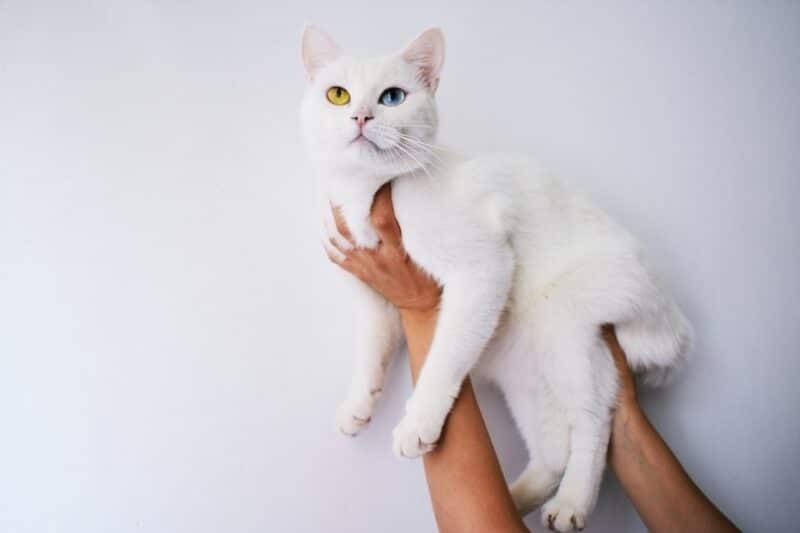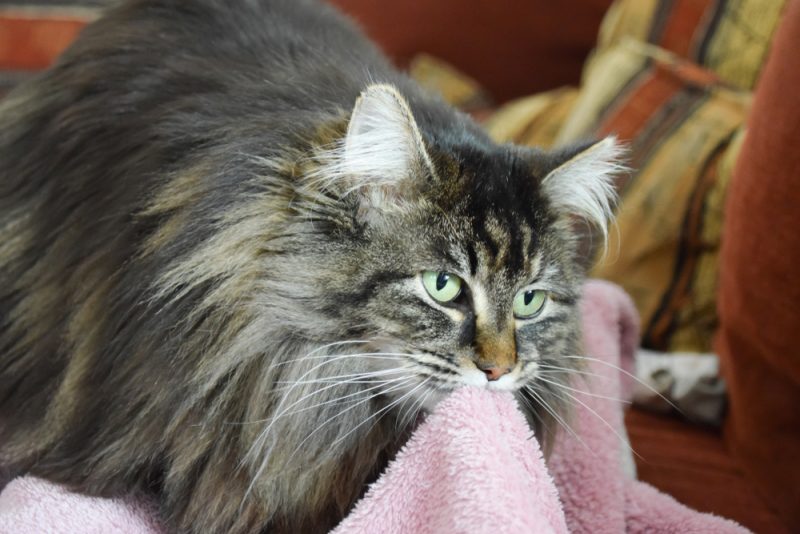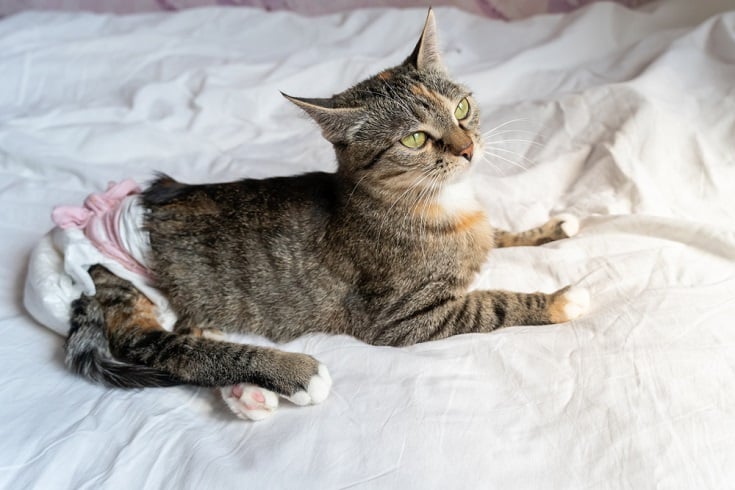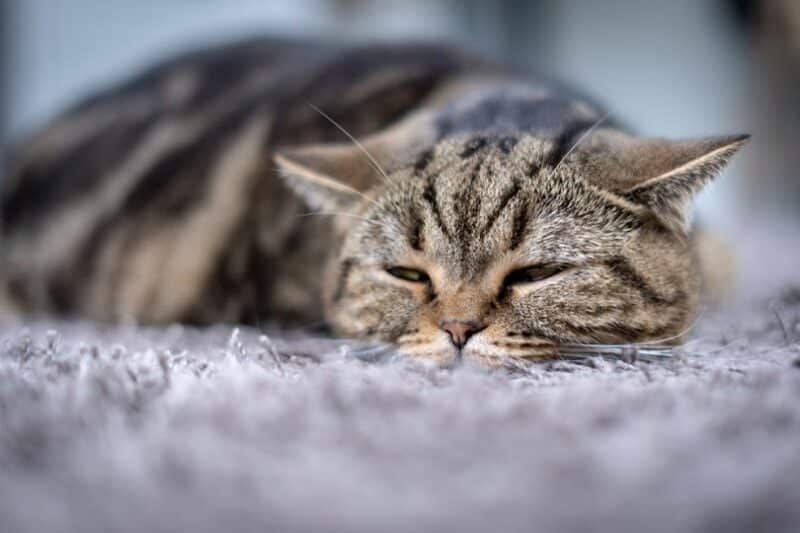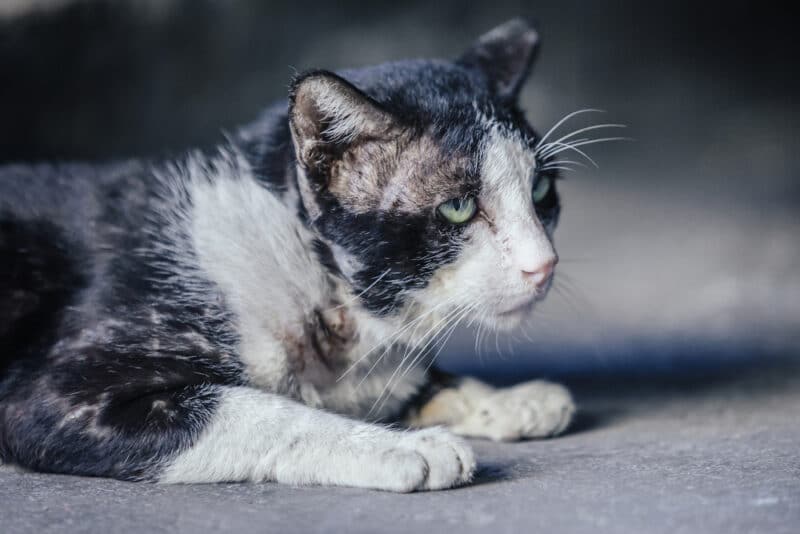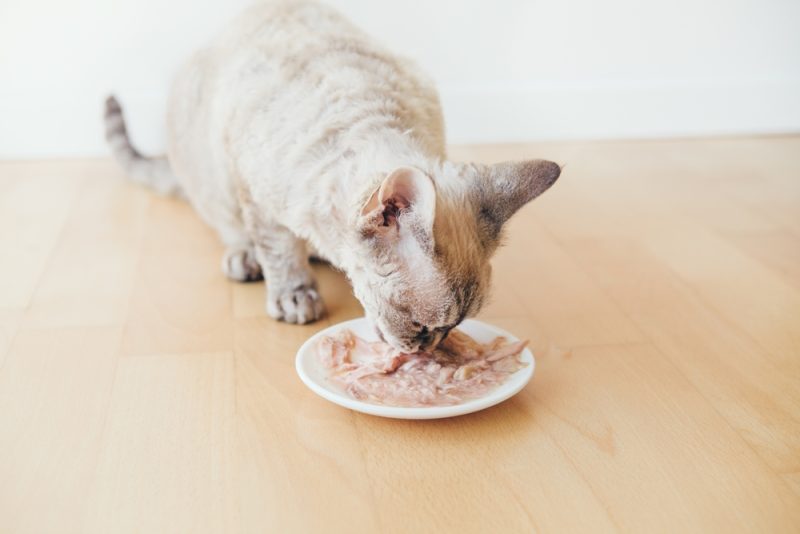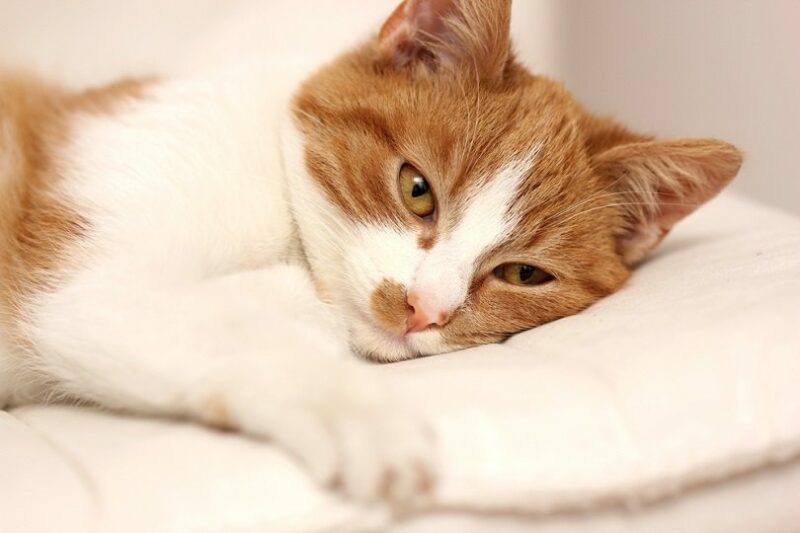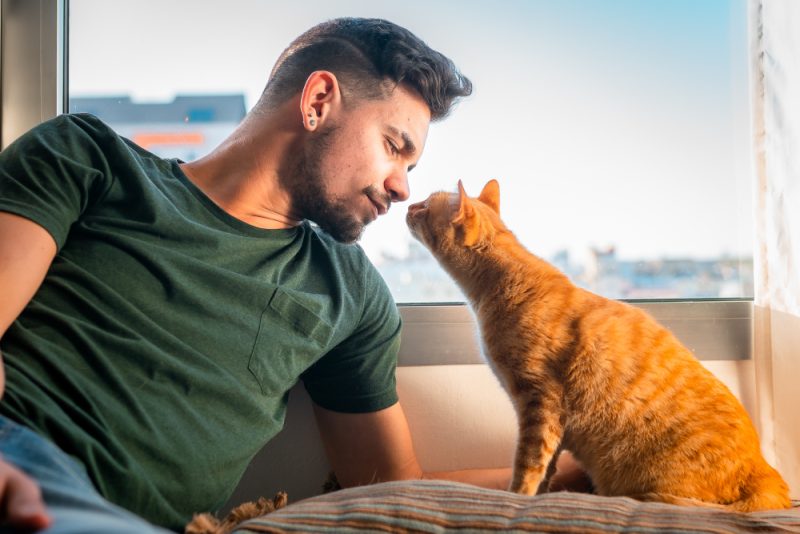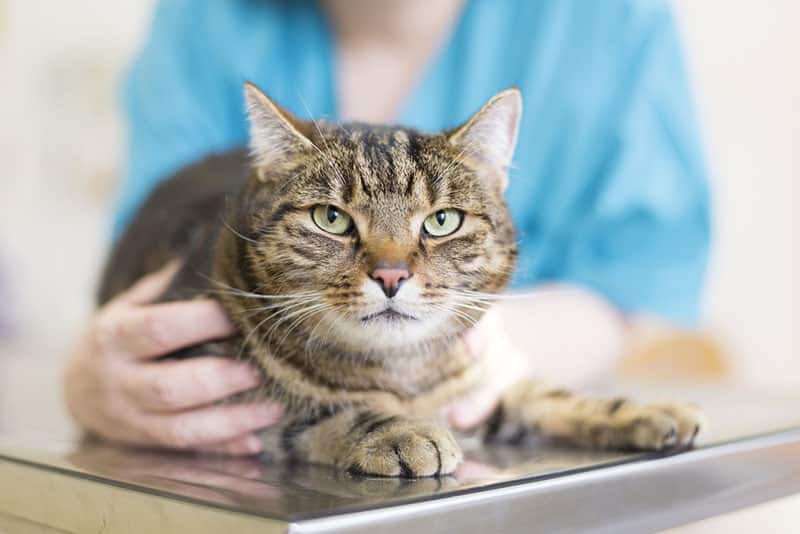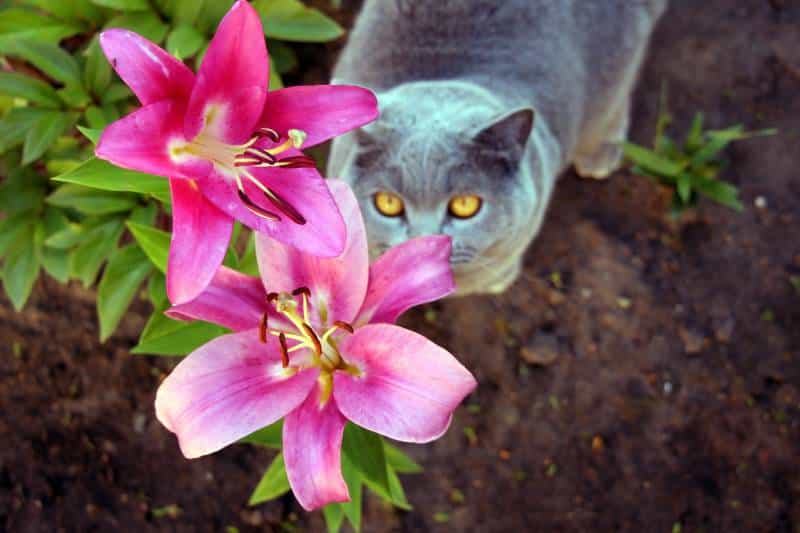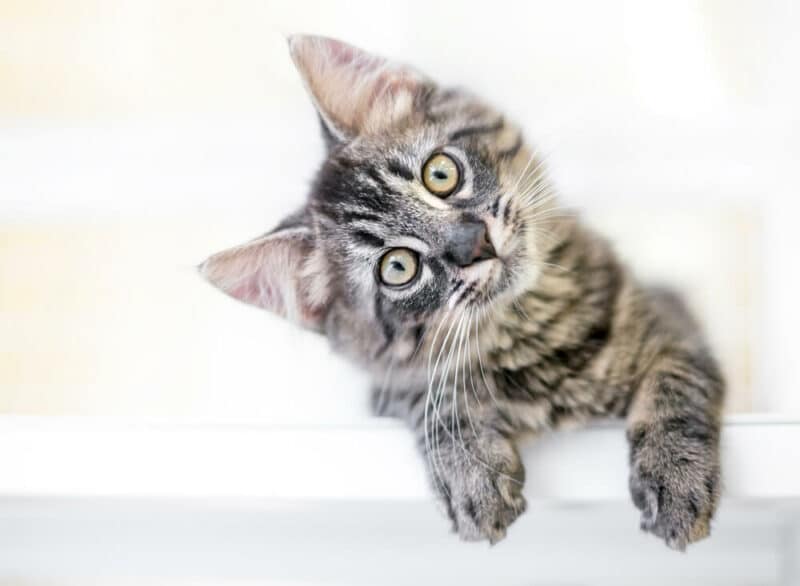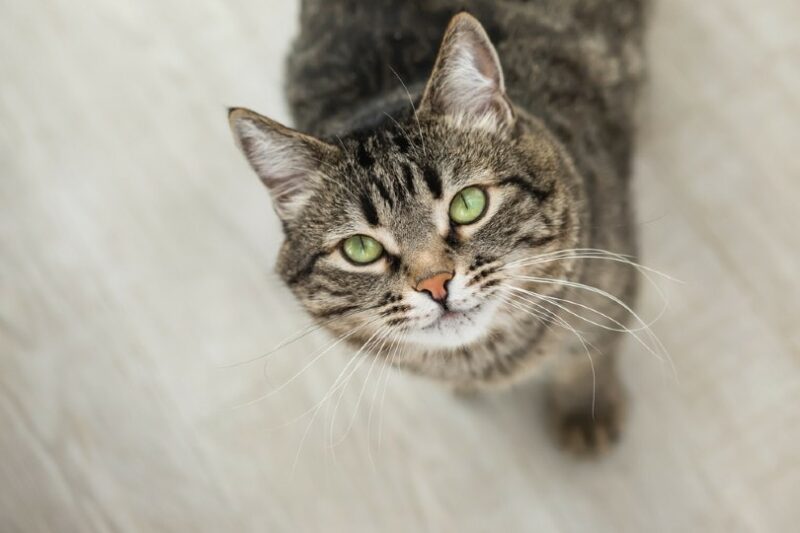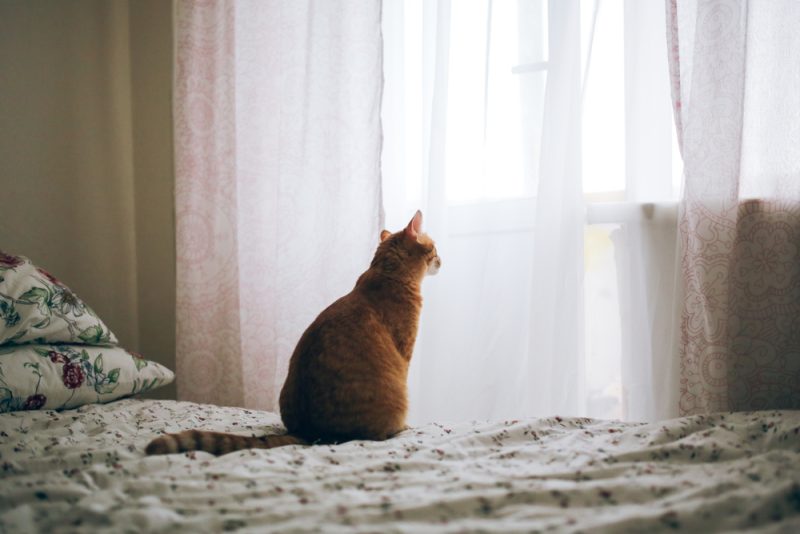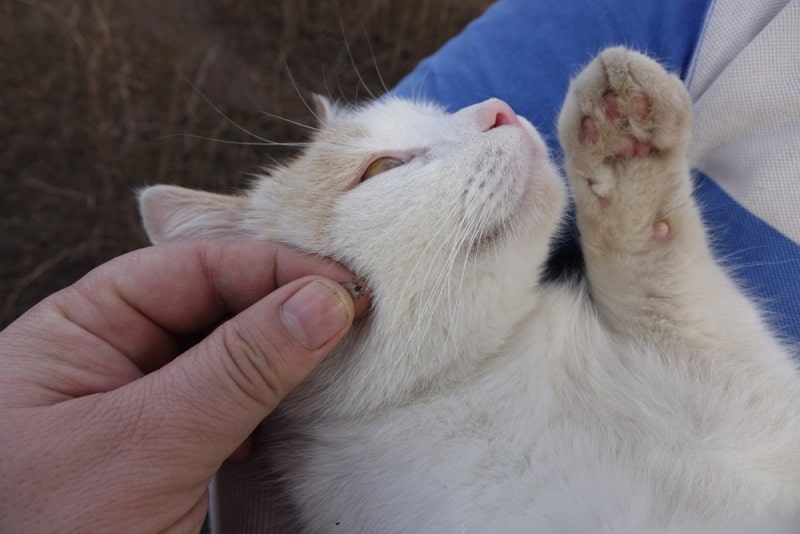Cats are known for having the most beautiful eyes among animals. Given their striking eye colors, have you ever wondered what causes a cat to have a specific eye color? Better yet, do you know what an abnormal eye color is for a cat and what causes it? If so, you’ve landed on the right page.
In this guide, we’ll discuss the three causes of abnormal eye colors in cats so you’re better informed about why your cat may have an unusual eye color and if you should be concerned.

What Determines Eye Colors in Cats?
Before we dive into what causes abnormal eye colors in cats, let us first explain what determines eye colors in the first place.
A cat’s eye color is determined by the amount of pigment in the iris. Melanin is produced and stored by melanocytes and is the pigment responsible for determining skin, hair, and eye color for both humans and animals. The amount of melanin in the iris plays a huge factor in the color of a cat’s eyes—the more melanin present in the iris, the darker-colored the eyes will be.
However, blue eyes don’t have any pigment in them. Iris fibers scatter and absorb some of the longer wavelengths of incoming light. Thus, more blue light comes out and the eyes appear blue.
What Causes Abnormal Eye Colors in Cats?
A few factors play a role in determining eye color in cats, but what causes abnormal colors? Let’s find out.
1. Glaucoma
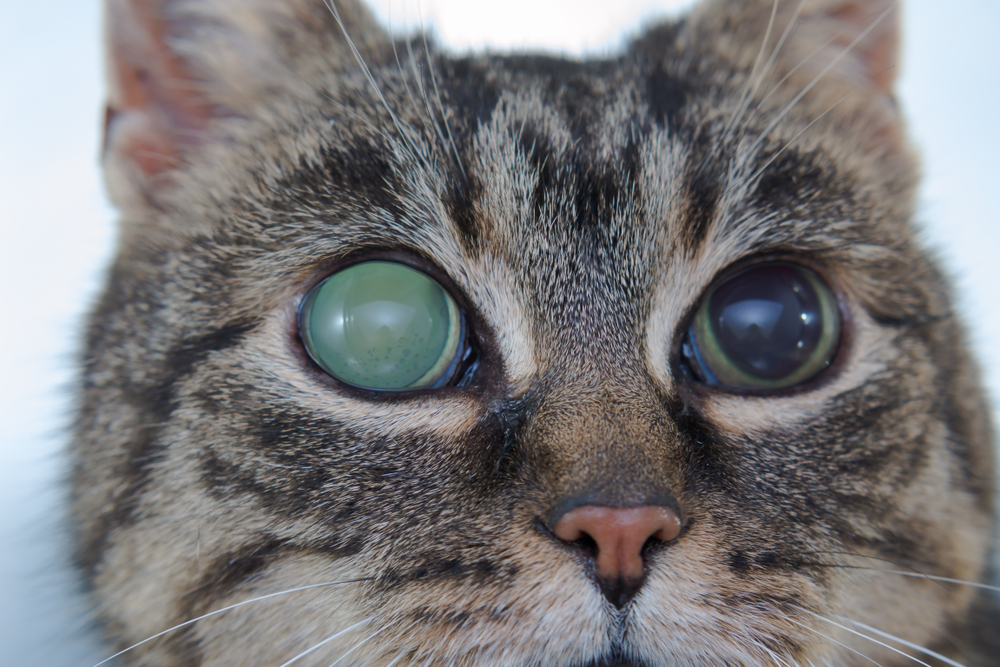
Glaucoma is a condition in which the eye experiences an increased pressure, called intraocular pressure because the fluid produced inside the eye can’t be drained properly. Glaucoma is a serious condition that can lead to the loss of sight. The eye color may change and appear cloudy with a milky appearance. The condition can cause eye pain and produce a watery discharge, abnormally shaped pupils, of course, a color change, typically taking on a bluish color. This condition warrants a trip to the vet immediately for treatment to prevent loss of sight and irreversible damage to the affected eye.
If you need to speak with a vet but can't get to one, head over to PangoVet. It's an online service where you can talk to a vet online and get the advice you need for your pet — all at an affordable price!

2. Uveitis
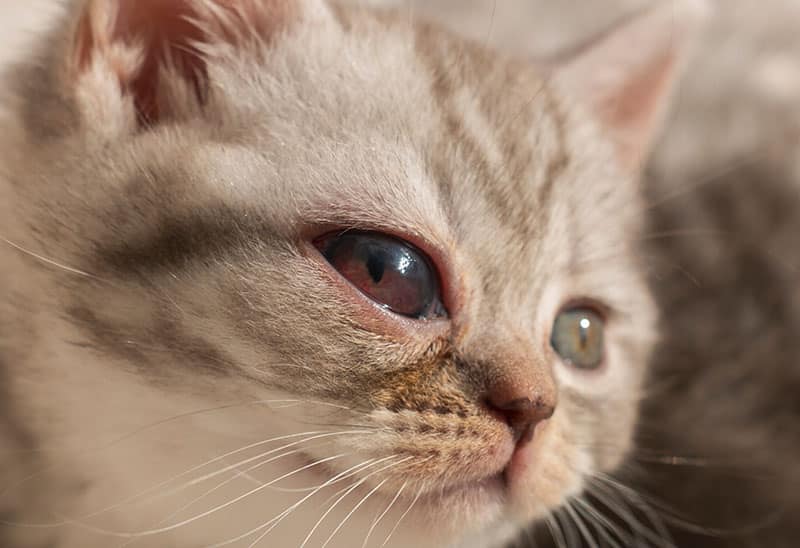
Uveitis is an inflammation of the uvea, the internal vascular layer of the eye. Uveitis can result from trauma, a tumor, different types of infections, or an immune-mediated process. Uveitis is also a serious condition that must be treated appropriately; if left unattended, it can cause life-long problems. Signs of uveitis are numerous and not specific to uveitis. The eye typically looks cloudy, the iris can look darkened or reddish, a watery or mucousy discharge is often present, and the white of the eye may appear red and swollen. Commonly, the cat may squint or paw at the eye, and the vision is decreased, though this may not be obvious if only one eye is affected.
3. Heterochromia
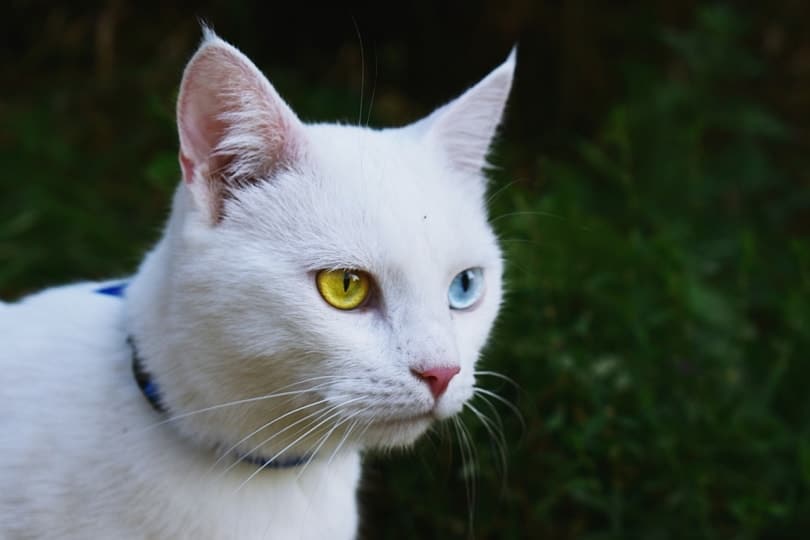
Heterochromia involves differences in iris coloration and is determined by genetics. There are a few types:
- Heterochromia iridum (“complete” heterochromia): A cat will have two different eye colors, with one eye having more melanin than the other. Typically, one eye will be blue and the other green, but sometimes, the other eye can be yellow or brown. This condition is often referred to as “odd eyes”.
- Heterochromia iridis (“segmental” heterochromia): This is where different parts of an iris will have different colors.
- Central heterochromia: This also involves two different colors in the same eye. One radiates from the pupil mixing with the other one in a spiky pattern.

What Are Normal Eye Colors in Cats?
Genetics also play a role in determining the eye color of a particular cat. For example, cats with a “pointed” color pattern, meaning dark fur on the face and paws and a light-colored body, may have blue eyes. Typically, though, eye color and fur color are unrelated. Here are eye colors considered to be normal for cats.
1. Yellow
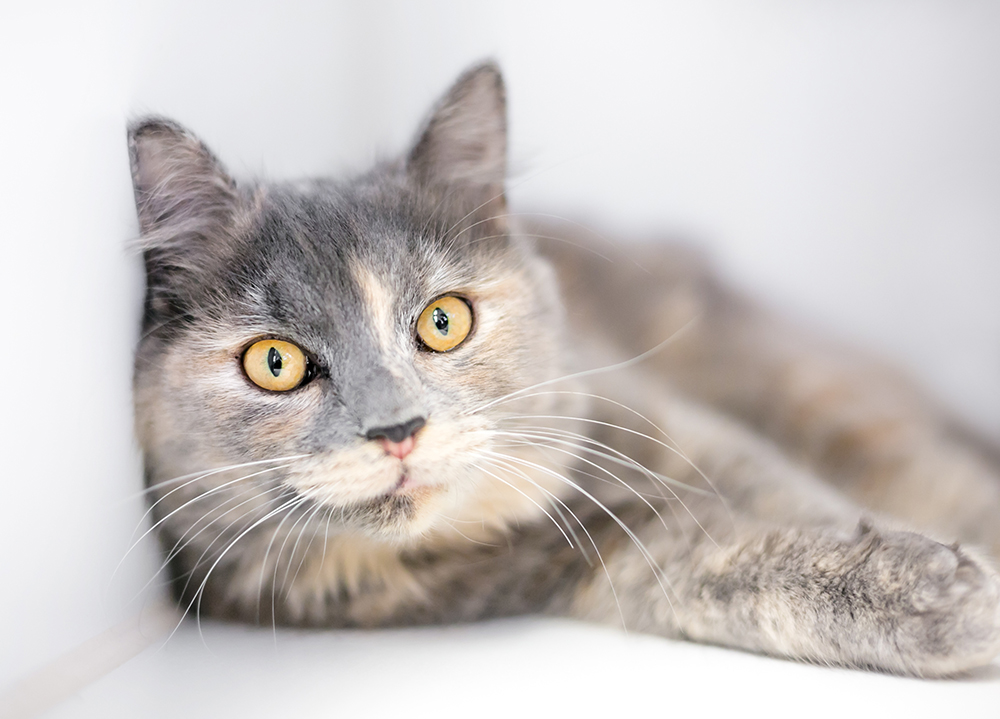
Yellow is by far the most common eye color seen in cats. Think of how many cats you’ve seen with yellow eyes! Black cats with yellow eyes, in particular, have a striking appearance and are quite noticeable. A yellow-eyed cat may also have a mix of brown or hazel mixed in and possibly a gold color. The yellow eye color is a result of low pigmentation in the iris.
2. Amber
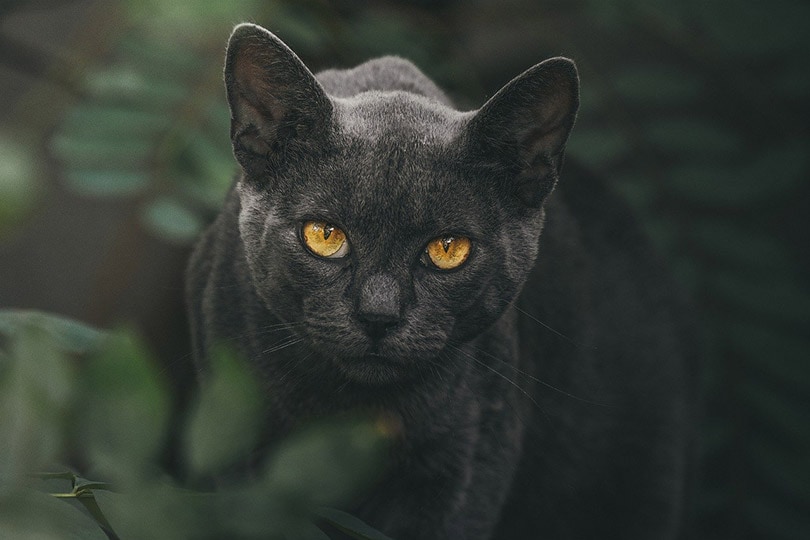
Amber is another common color. Amber-colored eyes in cats carry a reddish undertone, and common cat breeds with this color eyes are the Manx, Bengal, British Shorthair, and American Shorthair. There is conflicting information on whether amber is a rare eye color in cats, but some breeds are more prone to having the color than others.
3. Green
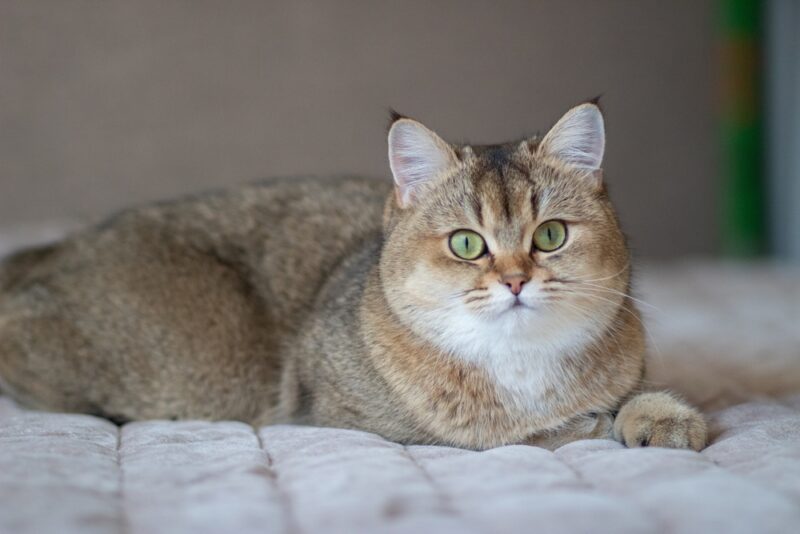
Green is also not considered the most common eye color, but it’s still prevalent in a significant number of cat breeds. The green color results from a bit of pigment in the iris mixed with the scattering of light. While semi-common, it’s still somewhat rare for some cat breeds. The most common cat breeds with green eyes are the Russian Blue, Sphynx, Bombay, Egyptian Mau, Norwegian Forest, Abyssinian, and Oriental Shorthair.
4. Blue
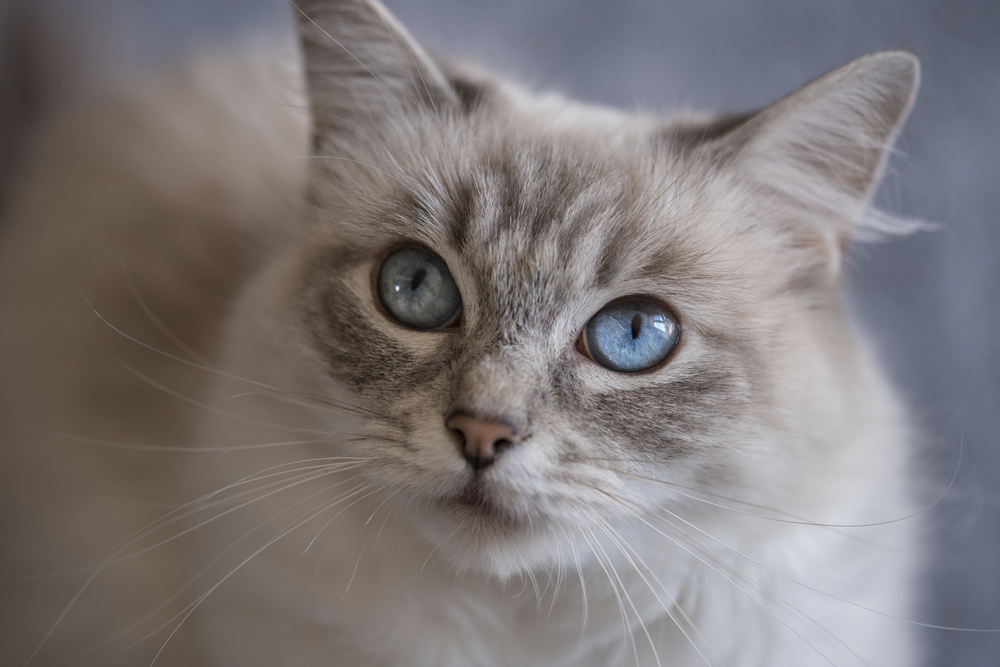
All kittens will start out with blue eyes—it’s not until they reach 7 to 8 weeks of age before the permanent eye color kicks in. Remember, the more melanin in the iris, the darker the color of the eye. Kittens are born with no melanin at all, which gives them the beautiful, lighter hue of blue.
For some cats, melanin is never present enough to change the color, so the eyes remain blue with a baby blue hue. Some cat breeds will always have blue eyes because they carry a feline albino mutation. While blue is typically not the most common eye color, it is for specific cat breeds, like the Siamese, Ragdoll, Himalayan, Birman, Turkish Angora, Persian, Balinese, Ojos Azules, Snowshoe, and Tonkinese.

What Are Considered “Rare” Eye Colors in Cats?
Two eye colors are less frequent in cats: orange and copper. Copper is the darkest eye color you’ll see in cats and may carry tones of light brown, red, and orange—you may even see flecks of yellow and green.

Conclusion
Cats have beautiful eyes, and sometimes, an unusual eye color may be caused by a medical condition. The amount of melanin in the iris determines eye color, and cats with “odd eyes” can see just fine, so there is no cause for alarm. However, if your cat’s eye (or eyes) suddenly changes color, is swollen, red, producing a discharge, or if your cat paws and squints the eye, you must take your cat to the vet to determine the cause.
See also:
- Cat Eye Tumors & Cancer: Our Vet Explains the Causes, Signs & Care
- Why Do Some Black Cats Have Orange Eyes? Vet Approved Facts & FAQ
Featured Image Credit: didsss, Pixabay
